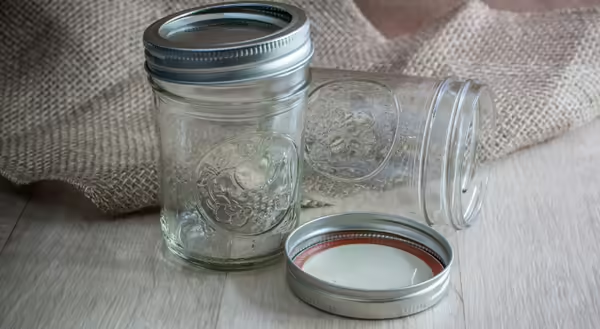
Food preservation has skyrocketed this year, likely due to more people staying at home looking for a safe and sustainable project. In fact, University of Illinois Extension’s “Fill Your Pantry” webinar series hit a record number of participants (view recordings and handouts at go.illinois.edu/nutritionandwellness)! Unfortunately, manufacturers are having a hard time keeping up with this surge in demand, which may be causing new and experienced preservers difficulty in finding canning and preservation supplies. What do you have to have, and what can you do without?
If you’re planning to can vegetables, such as corn, green beans, carrots, or beets - you must have a pressure canner. Most vegetables (and meats) are low in acid, which allows the growth of clostridium botulinum, a type of bacteria that can produce a deadly toxin in environments without oxygen. Pressure canning is the only way to destroy this deadly toxin. If you don’t have a pressure canner, consider pickling the vegetable using a tested recipe and a water bath canner, or freeze.
If you’re planning to can but can’t find lids - you cannot use paraffin wax, even for jams and jellies. Any pinholes, cracks, or shrinkage in the wax can lead to mold growth and contamination. Don’t use one-piece lids either; they haven’t been tested by the National Center for Home Food Preservation and may not be safe. Furthermore, don’t reuse two-piece lids. If one store doesn’t have them, check other stores or online. If you can’t find them, switch to freezing.
If you’re planning to pickle but don’t have canning salt - while canning/pickling salt is the best choice for canning, you can use regular table salt, but it’s anticaking additives may make the brine cloudy. Never alter the amount of salt in a pickling or fermented recipe. When not pickling or fermenting, you may decrease the salt or omit it altogether as it’s not necessary for safe processing.
Don’t let all those green tomatoes go to waste at the end of the season; freeze them with the recipe below.
Frozen Green Tomatoes
Green tomatoes
Freezer wrap and containers
Wash and core tomatoes; do not peel. Cut into ¼-inch thick slices. Pack the slices into containers with freezer wrap between the slices. Leave ½-inch headspace. Seal and freeze for 8-12 months. Frozen slices may be dipped in flour, and fried in hot oil without thawing. Salt and pepper to taste.
Yield and nutrition analysis depends on amount and type of ingredients used.
This blog post first appeared in The Pantagraph on September 9, 2020.